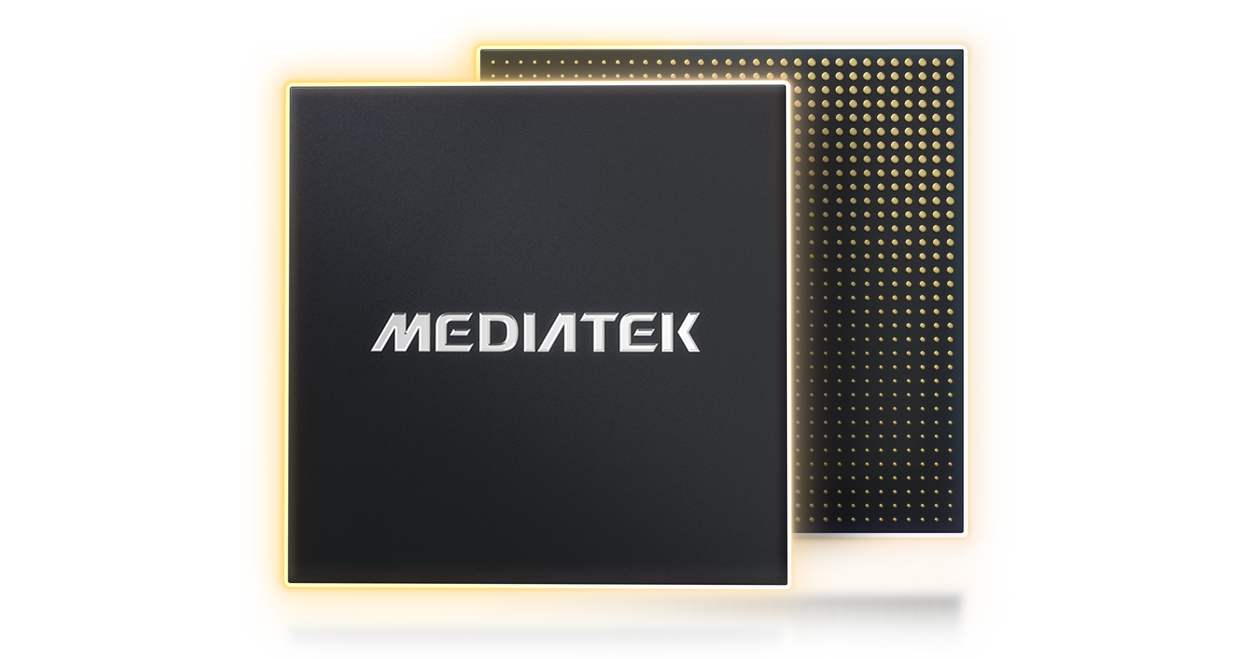
MediaTek
5G Modems
MediaTek's leading 5G modems and powerful connectivity technologies
Incredible 5G: mmWave and sub-6 GHz*
5G NR + mmWave dual connectivity and carrier aggregation
5G NR Carrier Aggregation with Mixed Duplex (TDD+FDD)
Dynamic Spectrum Sharing (DSS) ready
Supports both Standalone (SA) & Non-Standalone (NSA) networks
*M80-based 5G products can include sub-6GHz technologies only

Leading 3GPP Release 16 5G Modem
3GPP Release 16 standard 5G modemSub-6GHz (FR1) up to 4CC-CA (300MHz), capable of 7Gbps performance
Wider UL Envelope Tracking (100MHz) for more power-efficient data uplink when requiring high UL bandwidth
R16 SuperUL/UL Tx Switching
mmWave (FR2) up to 8CC-CA
Full 2G-5G support

In-modem AI Architecture
5G AI Architecture
The MediaTek M80 modem can now use AI algorithms to accelerate network searching, 5G connection recovery from cellular dead zones, and other enhancements that give users a more personalized connected experience based on their usage patterns.
Multimode Dual SIM Dual Active
Multimode Dual SIM Dual Active (DSDA) – continuing dual SIM leadership with simultaneously active cellular connections
5G/5G, 5G/ 4G, 4G/4G – Non-stop data, no missed calls
Dual VoNR

Superfast sub-6 GHz
5G NR Carrier Aggregation with Mixed Duplex (TDD+FDD)Dynamic Spectrum Sharing (DSS) ready
Peak rate of 4.77 Gbps downlink and up to 2.5 Gbps uplink
Up to 2CC / 200MHz total aggregated bandwidth
Supports both Standalone (SA) & Non-Standalone (NSA) networks

Comprehensive Design
3GPP Release 155G NR (FR1) up to 2CC
Full 2G-5G support

True Dual 5G
Dual 5G Standalone (5G SA + 5G SA)Dual VoNR

We Bring 5G Beyond Smartphones
MediaTek has taken a comprehensive approach to 5G product development. Our 5G technologies are being used throughout our product lines: in mobile, home and automotive, whether integrated into the SoC (single chip), such as our Dimensity and Kompanio series, or as discrete 5G-centric platform, such as our T-series solutions for Data Cards, Fixed Wireless Access and Mobile Hotspot CPE Devices.
Comprehensive Features & Incredible Flexibility
Not all 5G is created equal. So, what did we put into our 5G technologies that makes it different? Bold, progressive, and innovative thinking. And brilliant technology.
The result is 5G technologies enabling carriers, device makers and consumers with more performance, better battery life, and unrivaled capability today, while for tomorrow we are continuing to develop and propose new wireless technologies that will refine and improve the 5G experience throughout the next decade.
Up to 4CC 5G-CA with Mixed Duplex (TDD+FDD)
The MediaTek M80 modem can address up to 300MHz spectrum using four Component Carriers (4CC) in 5G Carrier Aggregation, offering increased performance, particularly in cellular markets where 5G bands are non-contiguous or offer smaller bandwidth slices. The benefits are considerable: it unlocks extreme peak speeds of 7Gbps downlink and 2.5Gbps uplink, purely from widely available sub-6GHz networks, while also boosting average speeds everywhere from inner city to outer suburbs.
Over 30% Greater Throughput Coverage
By seamlessly managing 5G connections across a coverage layer, users can get over 30% greater throughput than without CA, while service providers can employ more efficient use of their cellular capacity. This gives users a more consistent connectivity experience with further reach.
Seamless Handover
5G Carrier Aggregation with Mixed Duplex (TDD+FDD) enables higher average speeds and a seamless handover between two connection areas. Without this technology, a user will suffer performance dips as they transition between two connections.
Multimode Dual SIM Dual Active
MediaTek yet again leads the industry in dual SIM technologies with support for the latest Multimode Dual SIM Dual Active (DSDA) standard, which enables several advantages over standard DSDS:
- 5G/5G, 5G/ 4G, 4G/4G – Non-stop data, no missed calls
- Both SIM connections can stream data simultaneously with any combination of 5G standalone, 5G non-standalone, and 4G LTE connectivity
- Data connectivity continues while a call is active on either SIM.
- Premium VoNR call services are available from both SIM
Unique Usability Enhancements
‘Airport‘, ‘HSR‘, ‘Basement’, ‘Subway’ - specialist situational enhancements ensure seamless 5G experiences with immediate connection recovery from cellular dead-zones, and reliably better performance when traveling on high speed transport, respectively.
MediaTek Dual SIM Leadership:
- 1st with Multimode Dual SIM Dual Active (2021)
- 1st with 5G Standalone + 5G Standalone (2020)
- 1st with 5G+5G and Dual VoNR (2019)
- 1st with 4G+4G with Dual VoLTE (2017)
- 1st with 4G+3G (2016)
- 1st with 4G+2G (2014)
- 1st with 3G+2G (2011)
- 1st with 2G+2G (2008)
Dynamic Spectrum Sharing (DSS) Ready – MediaTek Whitepaper
Even as 5G users and services rapidly grow, existing 4G LTE services will continue in the background for several years. A key aspect enabling the smooth transition is Dynamic Spectrum Sharing (DSS) technology. Using a simple network software upgrade, cellular providers can allow 5G and 4G to coexist at the same time and dynamically allocate the right amount of spectrum to each based on demand. MediaTek has collaborated with 5G equipment makers and global operators to validate DSS technologies, enabling MediaTek products readiness to support DSS as it is deployed.
MediaTek 5G UltraSave provides an extensive suite of power-saving enhancements, including these technologies:
- Up to 10% power efficiency gain in connected standby
- Up to 19% power efficiency gain in high-speed modes
- Tx/Rx optimization
- Scheduling optimization
- Dynamic Bandwidth Part (BWP)
- Connected Mode DRX
- Wake-up Signal (WUS)
- Secondary Cell (SCell Dormancy)
- Wakeup optimization
- Peripheral optimization
- Voltage optimization
*Partners can tailor 5G UltraSave to meet specific requirements for their devices or markets.

Ecosystem
OpenRF Association Founding Member
OpenRF creates a 5G ecosystem to improve OEM time-to-market, enhance operational benefits and reduce overall costs, while allowing for architectural flexibility and customization to enable end product differentiation.